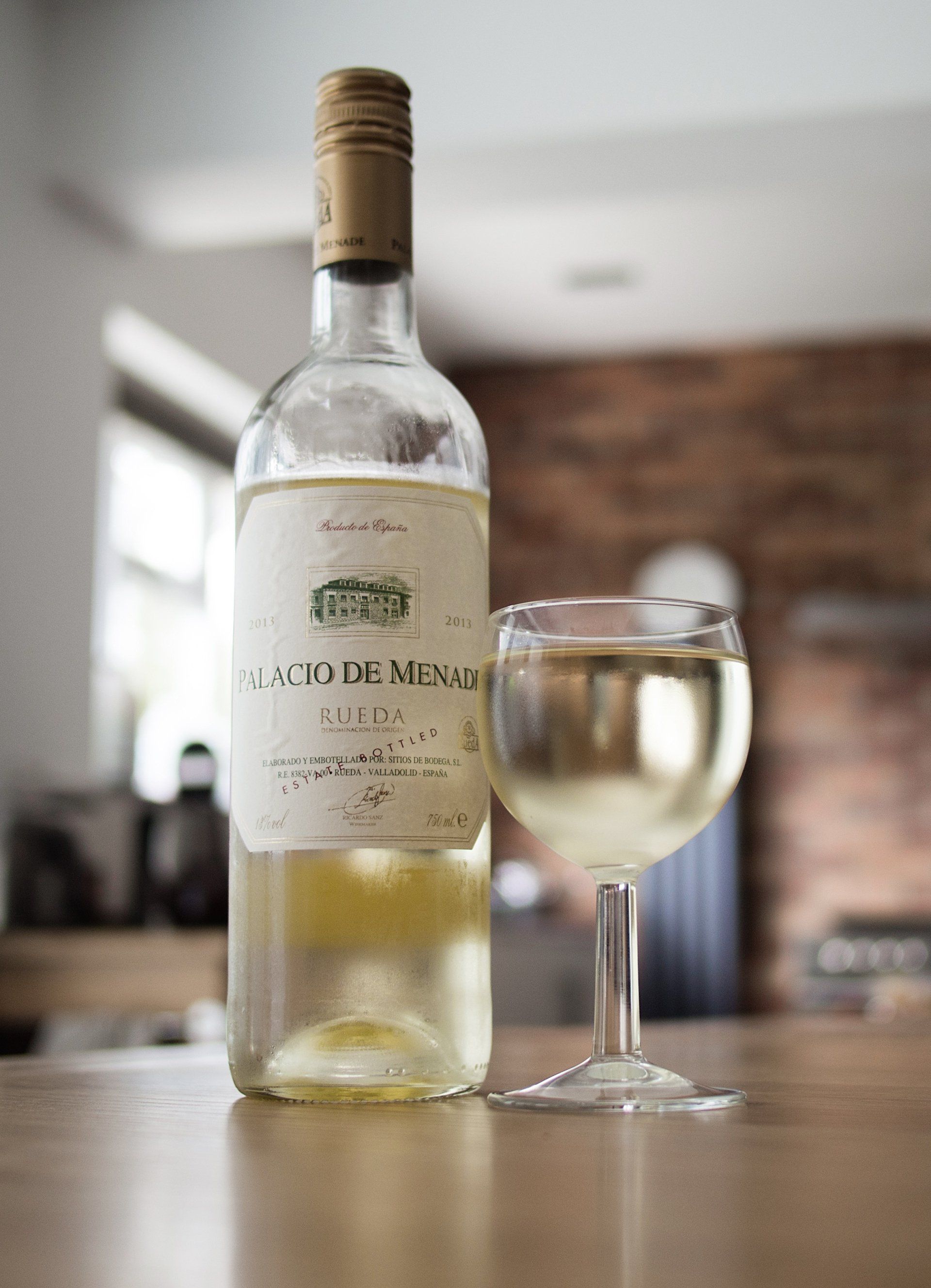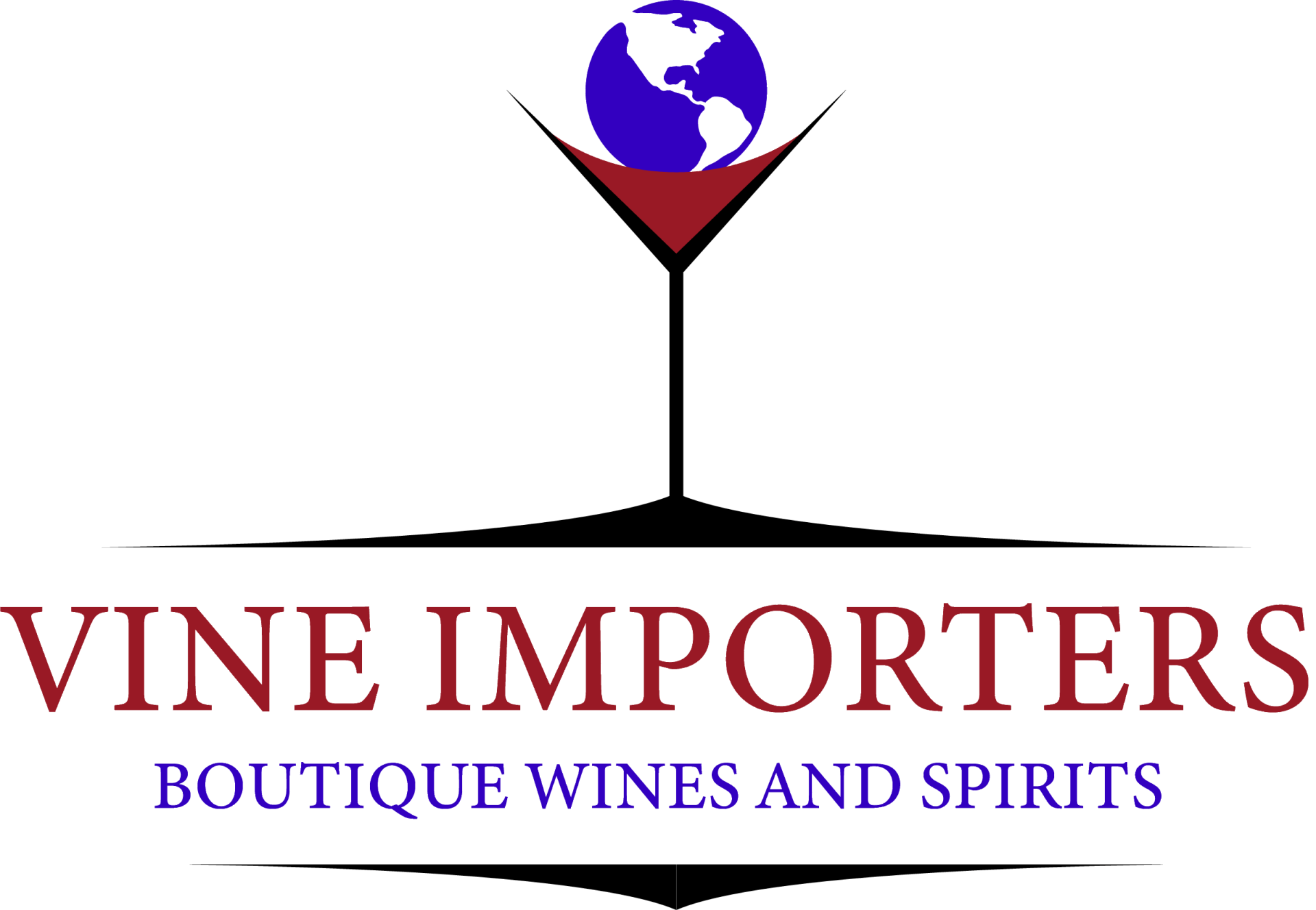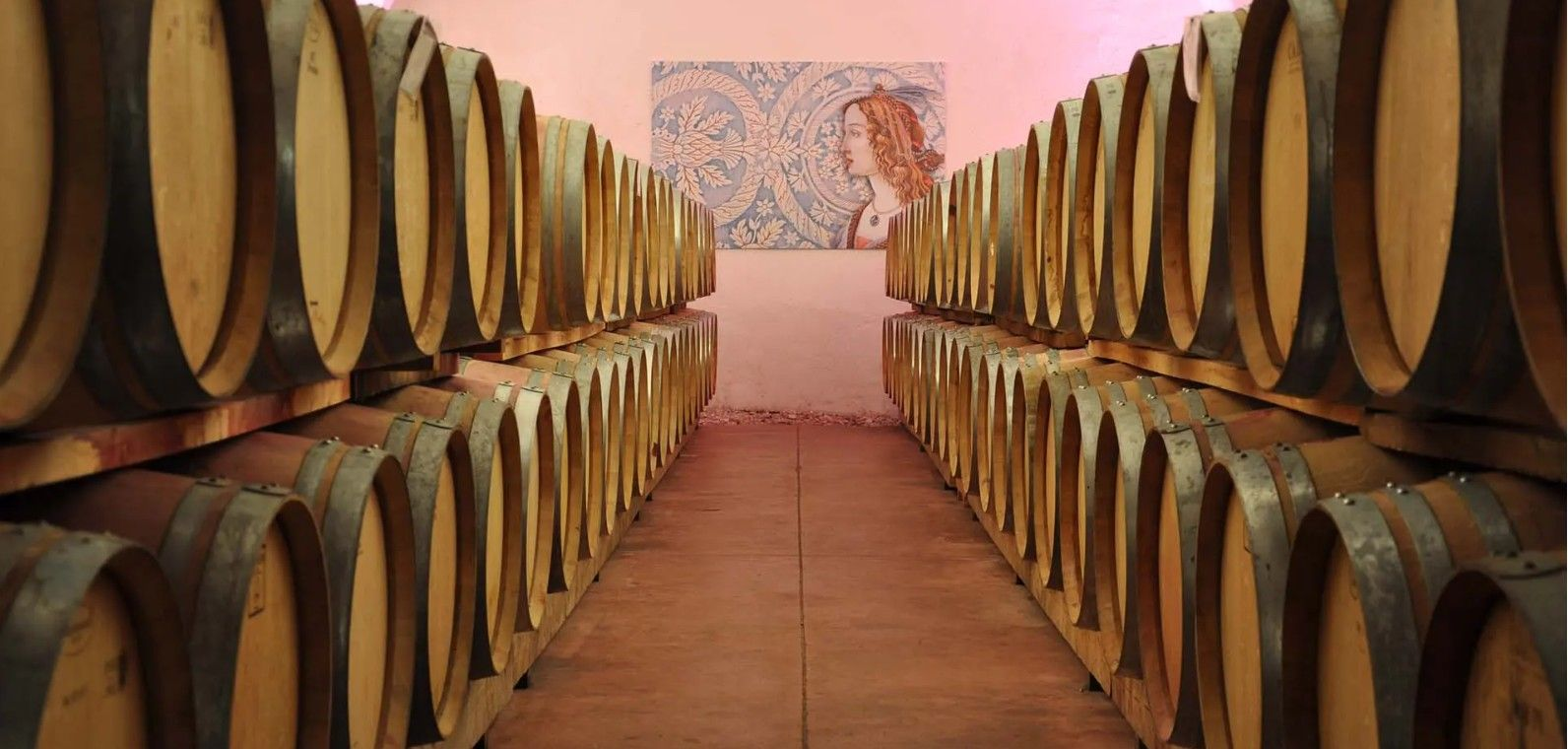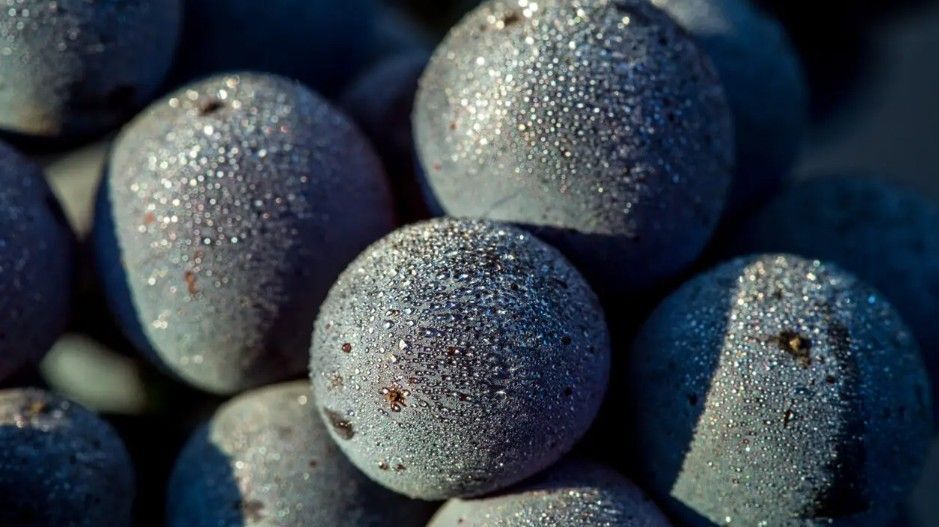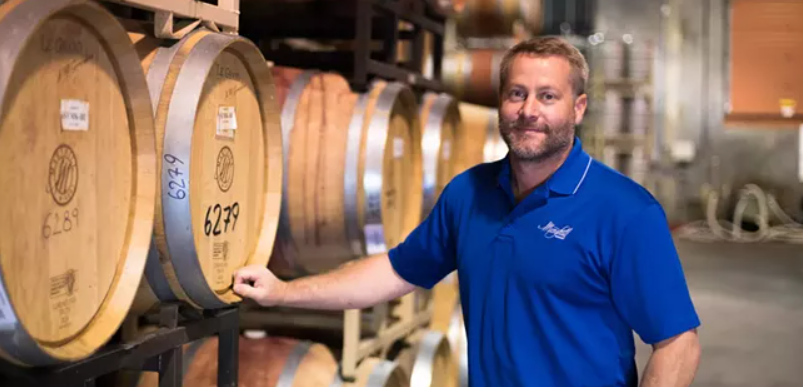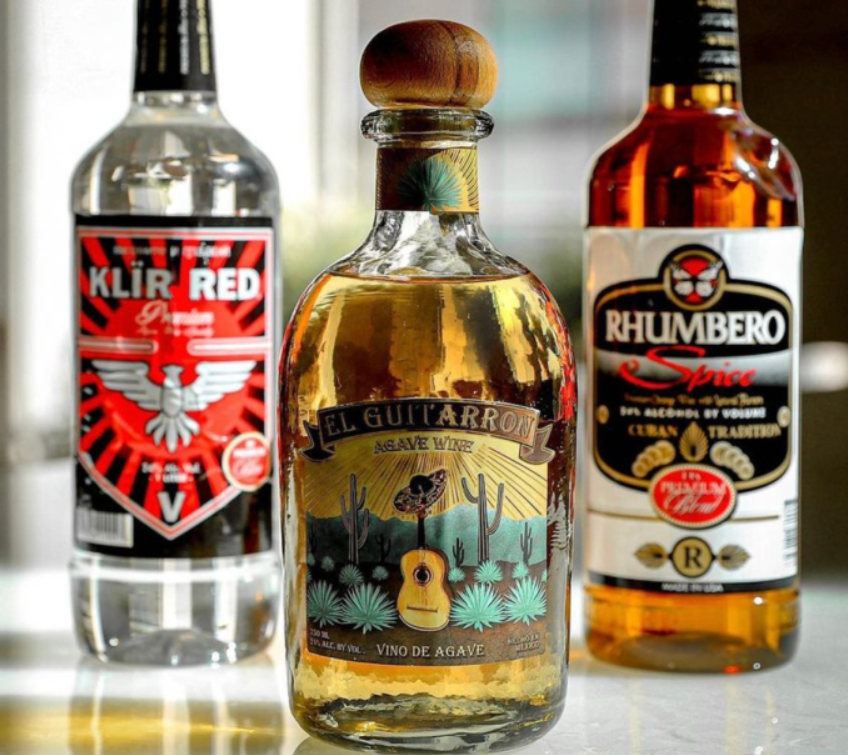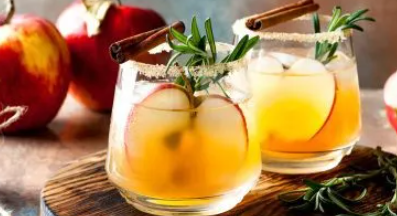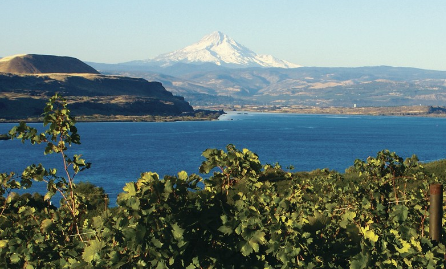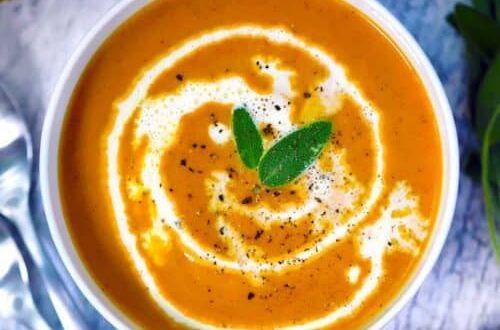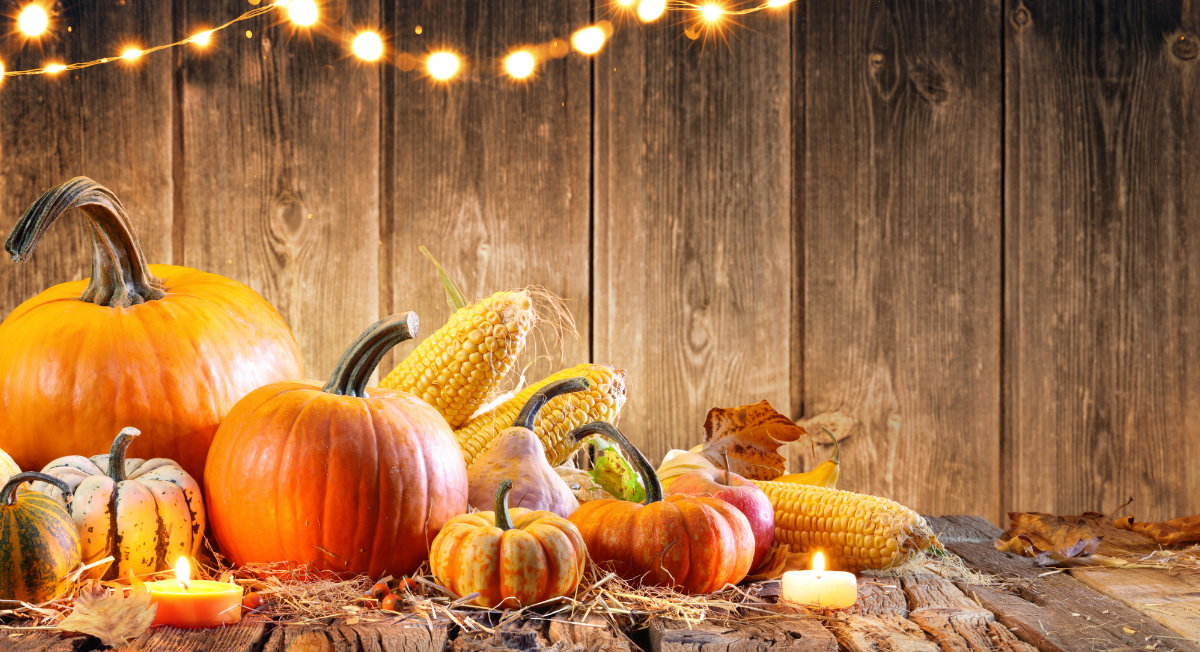Sonoma Wine Region
Sonoma Wine Region
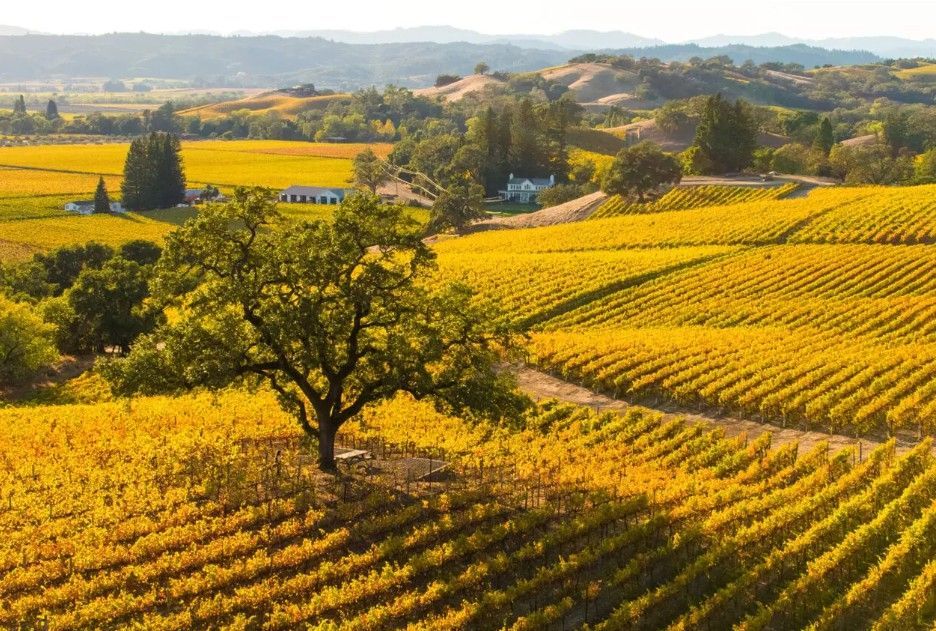
Even though it is located next door to the Napa Valley American Viticultural Area (AVA), the Sonoma County AVA is in no way overshadowed by its neighbor. With a bigger geographical footprint, more subregions and vineyards scattered over ocean fronts, through valleys and up the sides of mountains, Sonoma offers wine lovers a diverse array of flavor profiles and spectacular views. More than 425 wineries are spread throughout the county’s 19 distinct AVAs.
History of the Sonoma Wine Region
The history of grape growing and wine production in Sonoma goes back to 1812. That’s when Russian immigrants are said to have begun planting vineyards at Fort Ross. About a decade later, in 1823, Jose Altamira, a Franciscan missionary from Spain, planted a vineyard at the Sonoma Mission. Cuttings from those vines became the source for plantings across northern California. Another early vintner, Cyrus Alexander, came to Sonoma from Pennsylvania in the 1840s and began to plant grapes in 1856. Now one of Sonoma’s AVAs, Alexander Valley, is named for him.
Another key figure in Sonoma’s early history was born in Hungary. Agoston Haraszthy, who referred to himself as the “Count of Buena Vista,” founded the Buena Vista Winery in 1857. Not only is Buena Vista Winery still operating, it is recognized as a California Historical Landmark. According to the Sonoma Valley Vintners and Growers Association, Haraszthy created “the first gravity-flow winery in California; excavated the first wine caves in California; and was the first to experiment with California’s Redwood trees for wine barrels.” He also founded the Buena Vista Vinicultural Society (BVVS) in 1863.
By 1920, Sonoma had overtaken Los Angeles as the top wine region in the state, with 256 wineries calling the region home and 22,000 acres planted. By the end of Prohibition, however, the number of wineries dwindled down to fewer than 50.
Between 1953 and 1954, James Zellerback began planting vines of Chardonnay and Pinot Noir in Hanzell Vineyards, introducing the two most important varieties produced in the AVA.
Two decades later, two wines from Napa Valley earned top status in the Tasting of Paris 1976 competition, which made the neighboring wine region world famous. But as an area of commercial production, Sonoma had a role in those victories. Roughly half of the grapes used to make the winning white, the Chateau Montelena Chardonnay, were grown in Sonoma’s Bacigalupi Vineyard.
Sonoma County was declared as the area’s first AVA in 1981. Two years later, it was followed by smaller subregions in Los Carneros, Chalk Hill, Dry Creek Valley, Knights Valley and the Russian River Valley. Today, it boasts 19 nested AVAs.
Geography and Climate of the Sonoma Wine Region
Located about a one- to two-hour drive across the Golden Gate Bridge from San Francisco, Sonoma County has two natural boundaries: the Pacific Ocean to the west and the Mayacamas Mountains to the east. Both geographical features play a role in creating the grape-growing climate of the AVA, but they aren’t the only natural elements that shape Sonoma’s climate.
As the association for the Sonoma County Vintners explains, a wide range of soil types—more than are found in all of France—including marine sediment-, ash- and lava-based soils. Altogether, they form a multitude of terroirs. In addition to the influence of 50-plus miles of oceanic coastline, Sonoma’s climate also benefits from having the Russian River flow through it, helping to moderate temperatures and pull coastal fog further into the county.
Sonoma County’s mild climate keeps temperatures from reaching extremes and gives the grapes consistent growing conditions. Daytime highs typically average from 70 to 90 degrees Fahrenheit during the growing season. Nights are typically cool, usually falling into the 40s to mid-50s through the warmer months. The temperatures rarely dip below freezing in the winter, so hard frosts and snow are rare. A typical year sees 25 to 30 inches of total rainfall, generally in the winter months, but coastal fog rolling in from the ocean tends to keep everything cool and moisturized throughout the warmer seasons.
Grapes of the Sonoma Wine Region
Sonoma County produces a lot of grapes. Just 6% of the county’s one million-plus acres of landscape are planted with vineyards. Still, in 2021, 202,304 tons of grapes were harvested. That means the average yield was 1.5 to 1.7 tons per acre.
Eighty percent of the vineyards in Sonoma County are small operations of 100 acres or less and 85% of them are family-owned and run. Nearly all of the vineyards—99%—are certified as sustainable by third-party programs.
Sonoma produces the most Pinot Noir in California and is the number two producer of Chardonnay. Over 60 varieties of grapes are grown in Sonoma’s soils, but the most common ones are Cabernet Sauvignon, Zinfandel and Merlot. Sauvignon Blanc, Syrah, Pinot Gris, Viognier, Pinot Blanc, Cabernet Franc, Sangiovese, Chenin Black and Petite Syrah are also popular plantings.
Wine Production in the Sonoma Wine Region
The retail value of wines produced in Sonoma County is $8 billion. The area produces the most wine in northern California. In 2021, 66,265 tons of Chardonnay were crushed in Sonoma, followed by 47,768 tons of Pinot Noir, 40,438 tons of Cabernet Sauvignon, 13, 452 tons of Sauvignon Blanc, 11,102 tons of Zinfandel and 7,627 tons of Merlot.
Classification of Wine in Sonoma County
A bit of confusion can set in when talking about Sonoma, as that name can refer to the town of Sonoma, the larger geographical area Sonoma County and the largest (and oldest) AVA in the area: Sonoma Valley. To make things even more complicated, there are three more nested AVAs with Sonoma in their names: Sonoma Coast, West Sonoma Coast and Sonoma Mountain.
In alphabetical order, the 19 AVAs in Sonoma Valley include Alexander Valley, Bennett Valley, Carneros (which straddles both Sonoma and Napa Counties), Chalk Hill, Dry Creek Valley, Fort Ross–Seaview, Fountaingrove District, Green Valley, Knights Valley, Moon Mountain, Northern Sonoma, Petaluma Gap, Pine Mountain–Cloverdale Peak, Rockpile, Russian River Valley, Sonoma Coast, Sonoma Mountain, Sonoma Valley and West Sonoma Coast.
Fun Facts About the Sonoma Wine Region
Sonoma is the location where California declared its independence from Mexico during the Bear Flag Revolt. After the capture of General Vallejo, the California Bear Flag was hoisted for the first time. Less than a month later, California officially became the 31st state.
Though there are tons of wineries worth visiting around the county, downtown Sonoma Plaza is one of the best places to taste. It is surrounded by more than two dozen tasting rooms and numerous wine bars, as well as historic buildings, great restaurants and more.
Thanks to Wine Enthusiast for this inspiring insight. Our partner winery in Sonoma County is
Chateau Diana Winery in Healdsburg, CA
Homepage - Chateau Diana
Worth a visit!!

